Thinking of going solar? You wouldn't be the first, nor the last. Over 4.1 million Australians have installed solar panels on their home or businesses because of the ongoing savings that solar power generates.
When considering a solar panel system, the first thing you need to do is walk outside and take a look at your roof. What is it made of? How does it look? Not all roofs are capable of bearing solar panels, depending on the roof's age and composition.
Step two is to contact a professional solar installer who will perform a complimentary site inspection to confirm or deny solar panel compatibility. A reputable solar installer will use a combination of eyeballing the roof, experience, and satellite software to determine whether your roof is solar panel-ready.
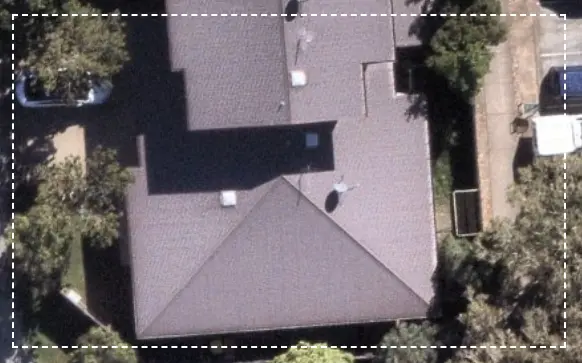
Springers Solar uses Nearmap satellite imaging to evaluate your roof and design a solar system.
Why can't solar panels be installed on my roof?
If you've been advised that your roof isn't suitable for solar panels, it's likely due to a couple of reasons. Possibly it's the roof type, such as asbestos, decramastic, or a style of terracotta.
Maybe it's the age and rust being found on the tin.
Or maybe your roof is unable to handle the additional weight of the new solar panels, which is particularly problematic on some sandwich panel roofs.
Other times, it is due to too much shading and the reluctance or inability to cut down offending trees.
A reputable solar installer will use high-quality balance-of-system components (such as rails and footings) to maintain the integrity of the roof and help determine possible issues prior to commencing the job.
If your roof isn't solar panel compatible, it may be wise to consider reinforcing or replacing your roof. Making sure your home's bones are strong is critical for the longevity of your property, regardless of whether you are installing solar.
Read more: Single-phase vs. three-phase solar systems: What's the difference?
FROM THE AUTHOR
Tiled Roof & Solar Panel Journey
My partner and I bought a home in Brisbane's northern suburbs in early 2024. It wasn't an exceptionally old house, only built in 2001, but it had been a rental for well over a decade and wasn't in the best shape.
One of the first goals we had for the house was to install a solar system on the roof. It's a low set brick house with a tiled roof. From my experience working at Springers Solar, I knew from the get-go that the roof would be perfectly appropriate for a solar array.
Joe Springer, director of Springers Solar, visited our place and used satellite imaging to check out the roof. Yep, concrete tiled roof, my suspicions were confirmed. However, Joe let us know that the roof was in pretty bad shape and would need repairs before we proceeded. A good number of our tiles had cracks. Uh oh.
An installer looking for a quick buck probably wouldn't have said anything to us, and we would have ended up with more problems post-solar installation.
We hired a roof repairer who replaced the cracked roof tiles, repointed, and restored damaged areas. We topped it all off with a fresh coat of paint, and four weeks later, we had a solar system installed.
The Springers Solar team installed a large 13kW solar system while maintaining the integrity of the newly repaired roof.
Roof Types and Solar Panels
The following roof types are common in Queensland. As a solar installer with over 23 years of experience, here is our take on solar panel compatibility with different roof types.
Read more: N-type solar panels vs. P-type solar panels
Concrete Tile Roof
Concrete tiled roofs are suitable for solar installation, though they do require a bit more work from the installer. Fortunately, there are mounting brackets designed specifically for most types of roof tiles, making the process straightforward.
The risk of damage is low, provided the tiles are of good quality. On concrete tile roofs, for example, installers typically grind out a section of the tile to secure the brackets properly. With the right technique and hardware, tiled roofs post no significant barrier to installing solar panels.
Read more: 15kW solar system on concrete tile roof in Strathpine
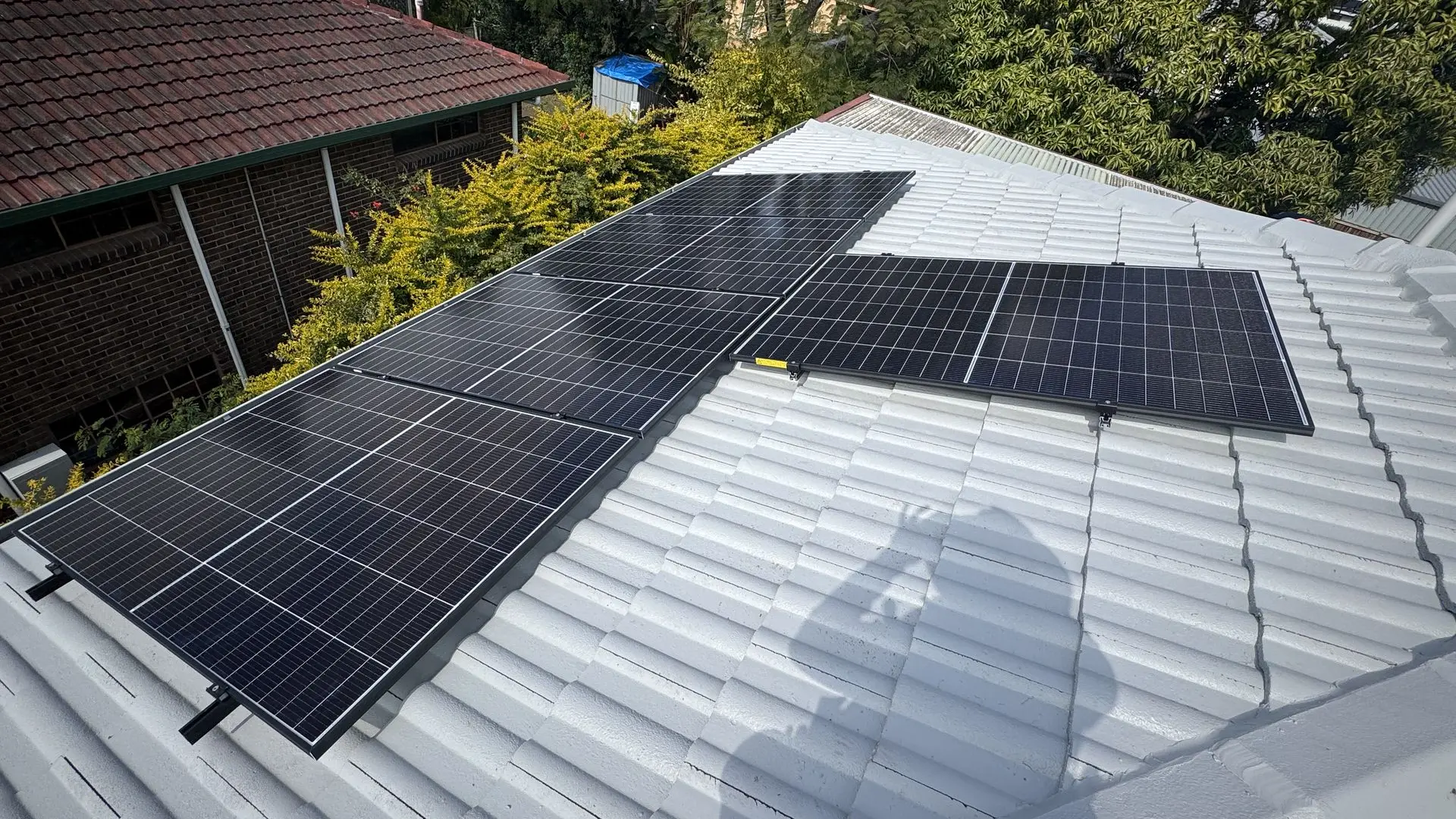
Terracotta Tile Roof
Terracotta tiles are much more fragile than concrete tiles and can break easily during installation. They are also more prone to leaking, depending on the roof's structure and design.
While the installation process is similar to concrete tiles - requiring tiles to be ground out for mounting - success largely depends on the specific roof design. Because of this, terracotta roofs may not always be suitable for solar panel installation. It's essential to have a professional solar installer assess the roof to determine whether it can safely support a solar system.
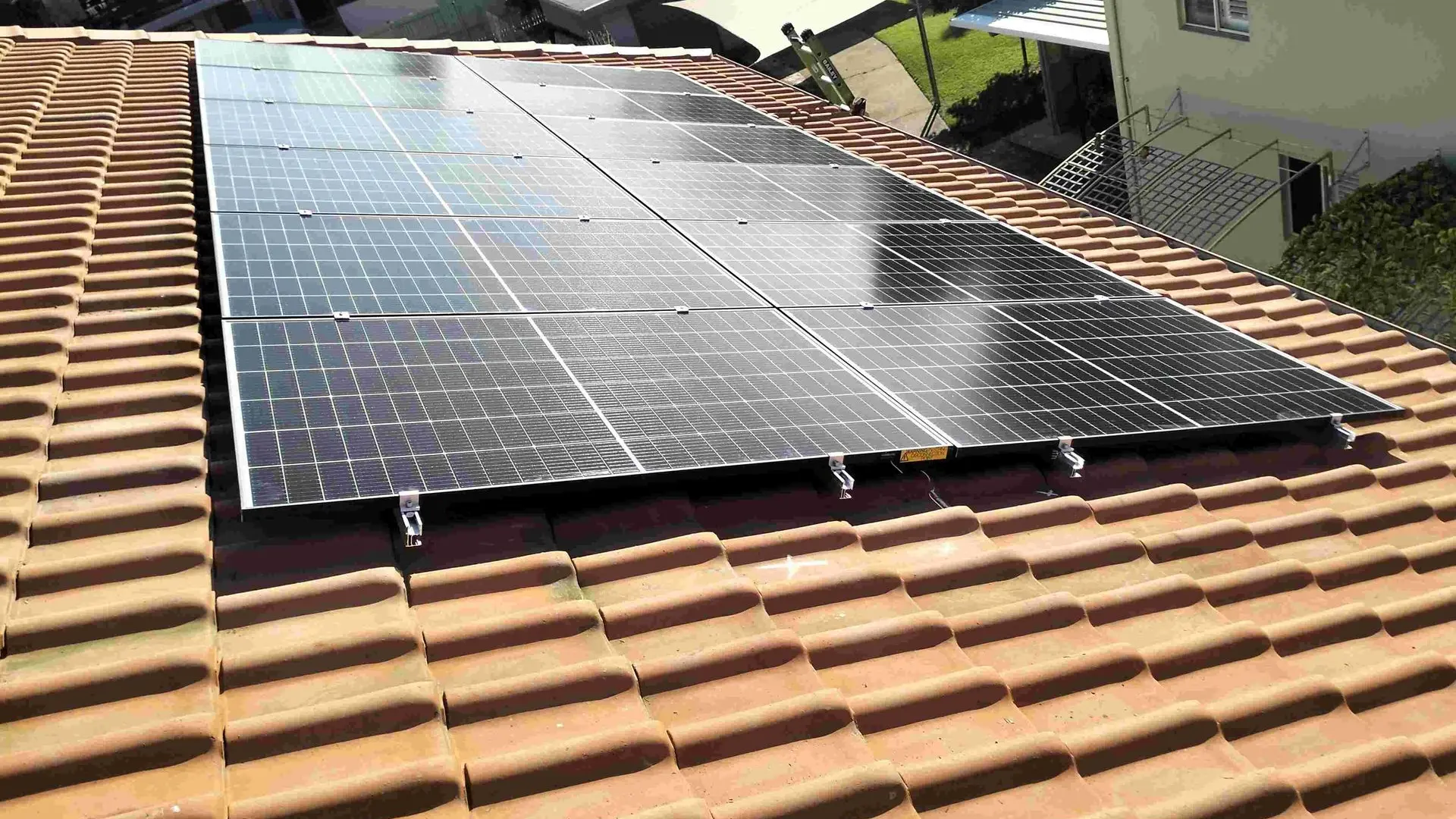
Decramastic Tile Roof
Decramastic tiles are generally not suitable for solar installations. These tiles are thin and fragile, making them highly prone to cracking and leaks during the installation process.
To make matters worse, the coating on the tiles can conceal hairline cracks, meaning damage may not be noticeable until leaks appear later on. For homeowners with decramastic roofs, the best long-term solution is usually to replace the roof before considering solar panels.
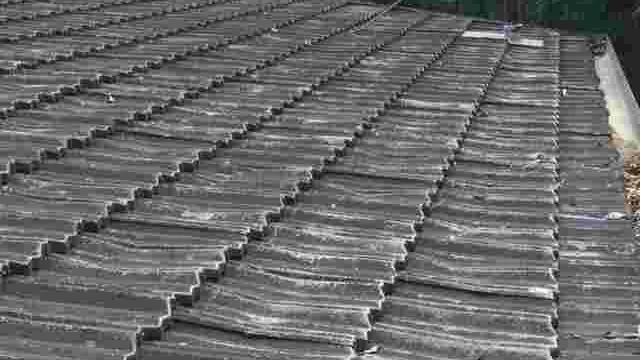
Concrete Roof
Concrete roofs are generally well-suited for solar installation, provided the correct hardware and techniques are used. Installers typically use cam sets - anchored bolts drilled into the concrete - which must be properly sealed to ensure the roof remains watertight.
In some cases, additional engineering may be required, particularly with post-tensioned or pre-tensioned slabs, where drilling in the wrong spot could cause structural issues. With the right planning and installation, concrete roofs are a solid option for solar panels.
Read more: 33.4kW solar system on concrete roof in Bardon
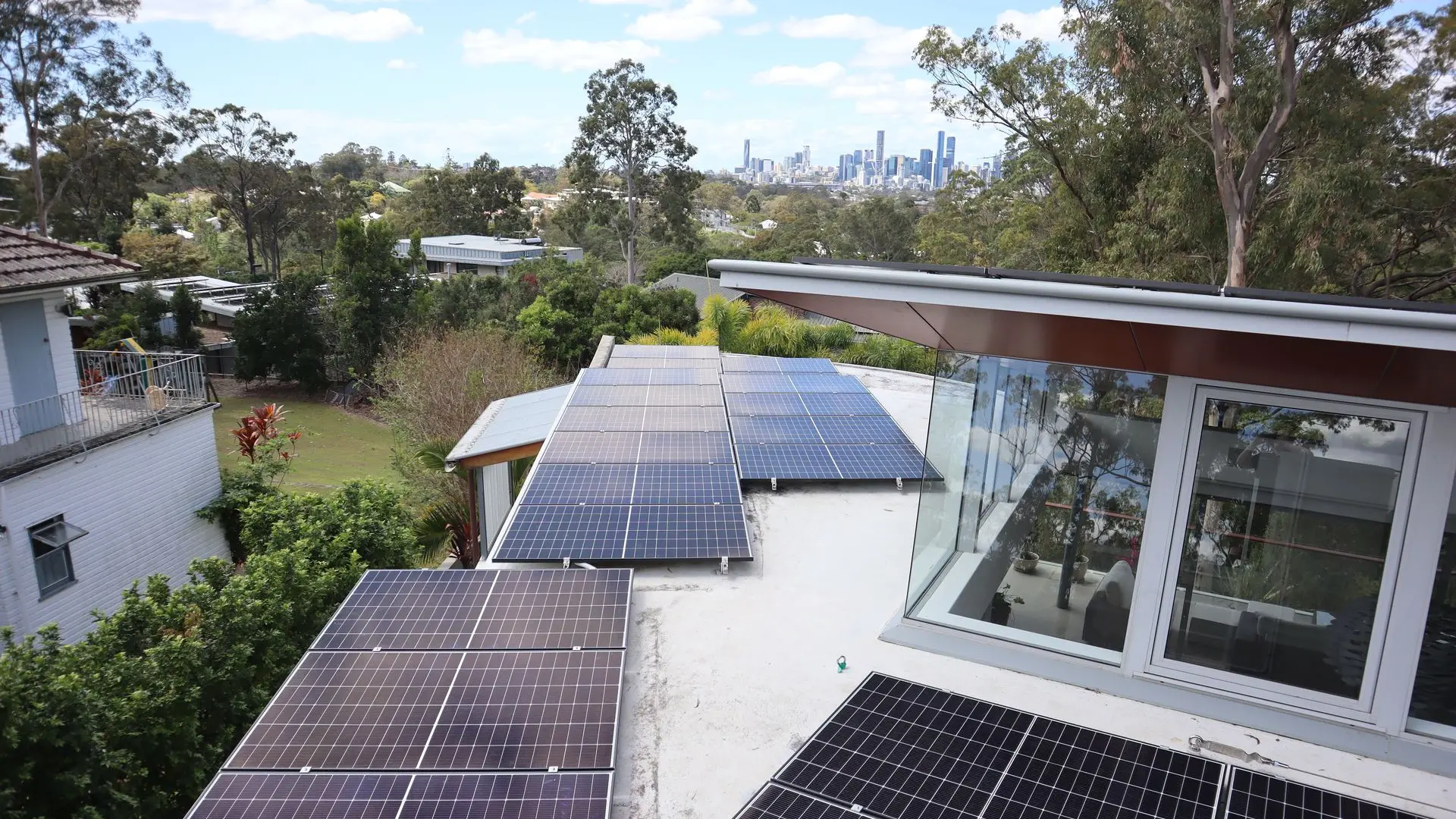
Colorbond Tin Roof
Colorbond and tin roofs are the easiest and most reliable surface for solar installation. Installers prefer them because the process is straightforward - using simple tin roof brackets that make the job quicker and more efficient.
As long as the roof as adequate supporting structure, there's little risk of damage, making Colorbond and tin roofs a top choice for solar panels.
Read more: 26.4kW solar system on Colorbond roof in Cashmere
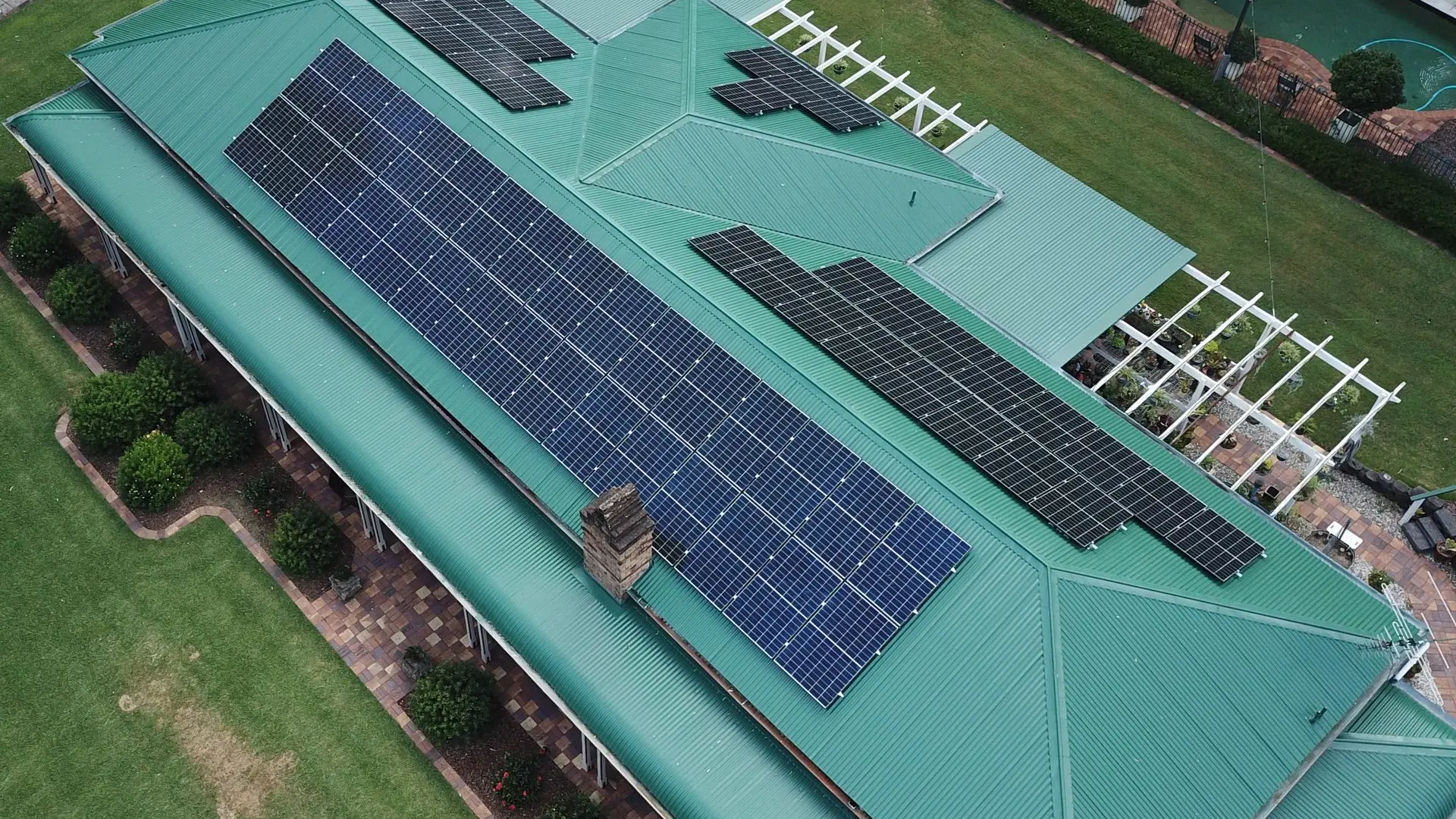
Springers Solar | QLD's Most Experienced Solar Installer
Springers Solar provides quality components with proven performance, backed by industry-leading warranties, and dedicated after-sales support. Thousands of satisfied customers over 23 years of operation make Springers Solar one of the most established and experienced solar companies in Australia.
Springers Solar has received multiple awards for design and installation and is a certified/preferred installer for a large range of solar panels, inverters, and solar battery manufacturers, including Sungrow, Tesla, and SolarEdge.
Our dedicated in-house team of electrical engineers, project managers, solar PV designers, solar installers, and electricians work closely with you before, during, and long after your project is completed. Springers Solar offers an industry-leading 10-year workmanship warranty which is a testament to our qualified staff and offers you outstanding peace of mind.
Contact us about anything related to our services using the form below.
We'll get back to you as soon as possible.
Best Roof Types for Solar Panels